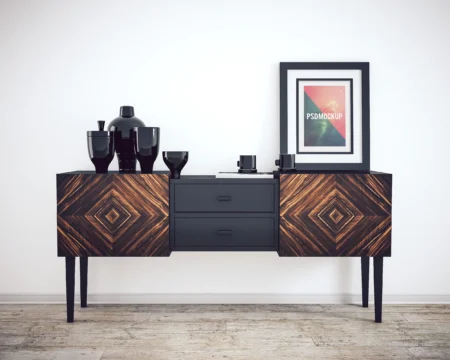 The layout and placement of furniture can significantly impact the look and feel of your home’s interior. By strategically placing furniture pieces, you can create a sense of harmony, balance, and flow that enhances both the aesthetic appeal and functionality of your space.
The layout and placement of furniture can significantly impact the look and feel of your home’s interior. By strategically placing furniture pieces, you can create a sense of harmony, balance, and flow that enhances both the aesthetic appeal and functionality of your space.
By establishing focal points, creating conversation areas, maximizing traffic flow, balancing scale and proportion, and experimenting with layouts, you can create a space that is both aesthetically pleasing and functional.
Today, we’ll explore the importance of furniture placement and provide tips on how to optimize your home’s interior layout for maximum impact.
1. Establishing Focal Points
Focal points serve as visual anchors that draw attention and create interest within a space. When arranging furniture, identify existing architectural features such as fireplaces, large windows, or statement artwork that can serve as focal points. Arrange furniture around these focal points to highlight their significance and create a cohesive design scheme.
For example, position a sofa or sectional facing a fireplace to create a cozy gathering area in the living room. Arrange chairs or accent tables around a large window to take advantage of natural light and scenic views. By establishing focal points, you can create a sense of balance and visual interest in your home’s interior.
2. Creating Conversation Areas
Effective furniture placement encourages social interaction and facilitates conversation among family members and guests. Arrange seating in a way that encourages face-to-face interaction and creates intimate conversation areas within larger spaces.
For instance, arrange seating around a coffee table or ottoman in the living room to create a cozy conversation nook. In the dining room, position chairs around the dining table to facilitate easy conversation during meals. By creating designated conversation areas, you can foster a sense of connection and intimacy in your home.
3. Maximizing Traffic Flow
Consider the flow of foot traffic when arranging furniture to ensure smooth and unobstructed movement throughout your home. Arrange furniture in a way that allows for clear pathways and avoids blocking doorways or thoroughfares.
For example, position sofas and chairs away from entryways to prevent congestion and allow for easy access. Leave sufficient space between furniture pieces to accommodate comfortable movement and circulation. By maximizing traffic flow, you can enhance the functionality and usability of your home’s interior.
4. Balancing Scale and Proportion
Maintaining a sense of scale and proportion is essential when arranging furniture to avoid overwhelming or underwhelming your space. Choose furniture pieces that complement the size and proportions of your room, taking into account ceiling height, wall dimensions, and existing architectural features.
For instance, in a small living room, opt for a compact sofa and armchairs to prevent overcrowding and create a sense of spaciousness. In a large dining room, choose a substantial dining table and chairs to fill the space and create visual balance. By balancing scale and proportion, you can create a harmonious and visually pleasing arrangement.
5. Experimenting with Layouts
Don’t be afraid to experiment with different furniture layouts to find the arrangement that best suits your space and lifestyle. Use movable furniture pieces such as area rugs, ottomans, and accent tables to easily switch up the layout and create new configurations.
For example, try rearranging furniture to create a more open and airy feel or to better accommodate specific activities or functions. Use online room layout tools or physical templates to visualize different furniture arrangements before making any permanent changes. By experimenting with layouts, you can discover creative solutions that optimize your home’s interior layout.
The placement of furniture plays a crucial role in shaping the overall look and feel of your home’s interior. Take the time to thoughtfully arrange your furniture to enhance the beauty and usability of your home, and enjoy a more inviting and harmonious living environment as a result.
Picture Credit: Freepik



